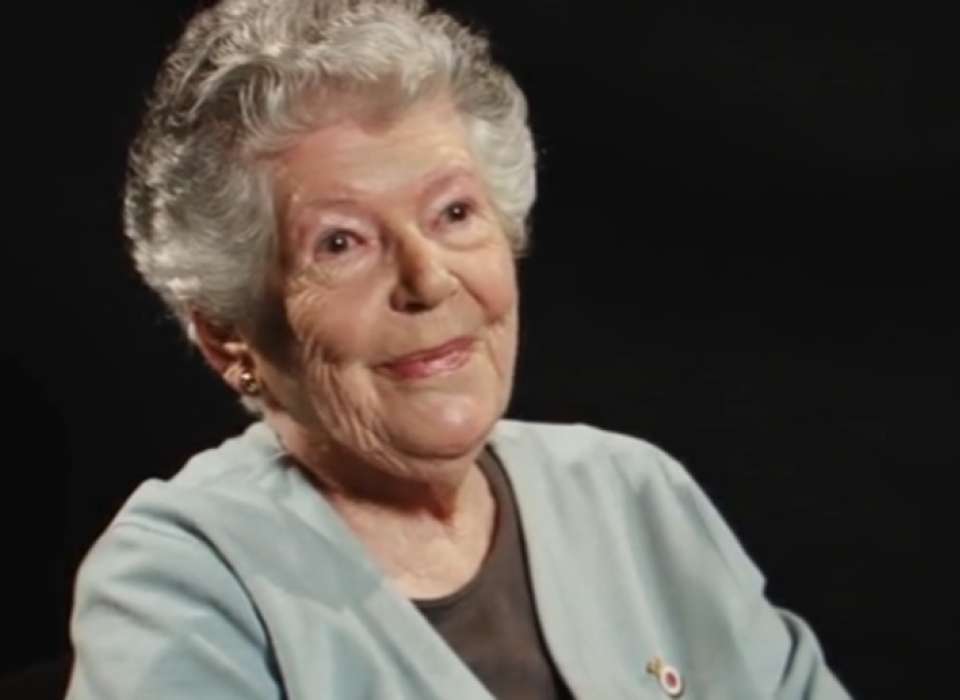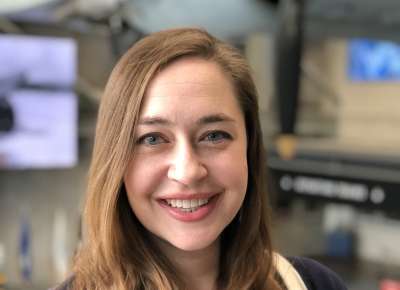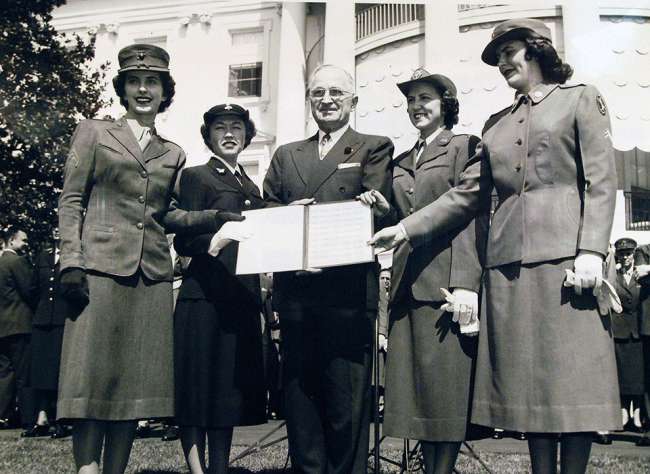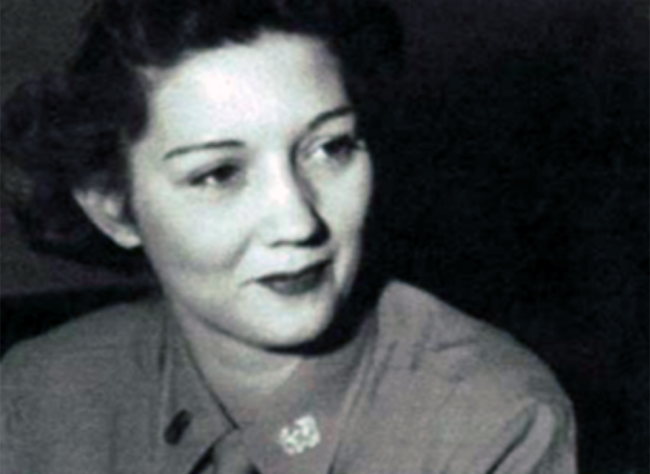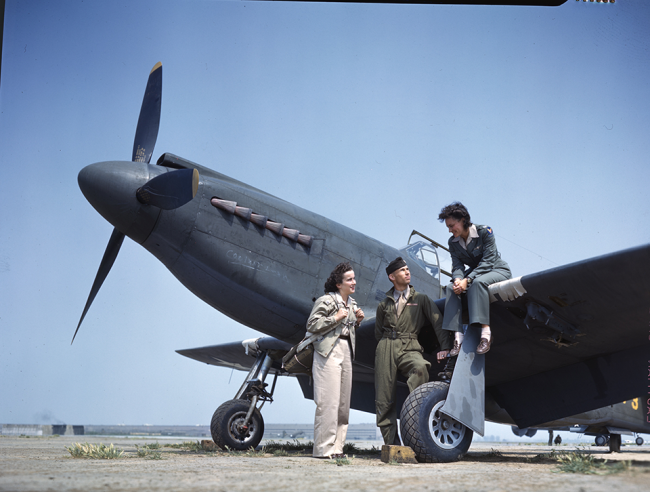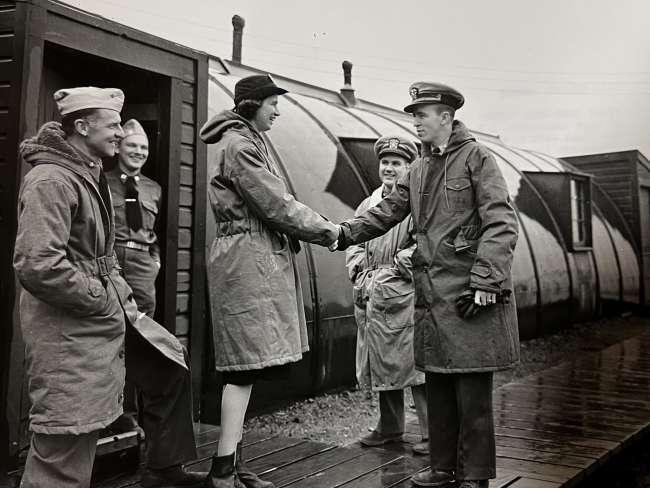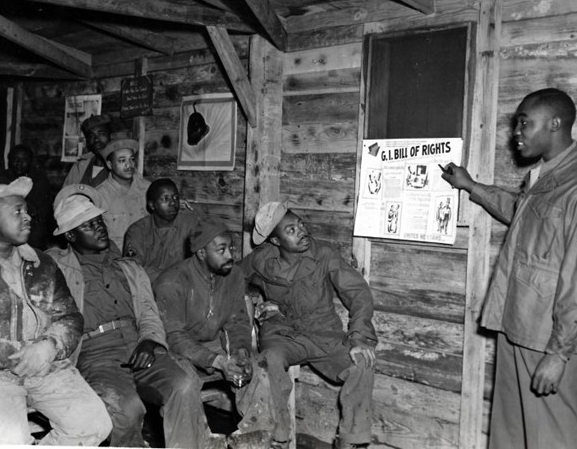World War II saw more women serving than any conflict in history. Many Americans know about their own women’s organizations, such as the WAC (Women’s Army Corps), WAVES (Women Accepted for Volunteer Emergency Service), WASPs (Women Airforce Service Pilots), and SPARS (United States Coast Guard Women's Reserve). The situation was similar across the pond in England, where a voluntary organization existed called the WRNS, or the Women’s Royal Navy Service.
By her late teens, Marigold McNeely had already seen enough war to last her a lifetime. Her young life was immediately altered as a girl studying at a convent school in Burnham-on-Sea when Germany attacked Britain. Sirens pierced the air regularly, and air raid shelters became a part of normal life amid the constant threat of Luftwaffe bombing. Giant blemishes marred the ground, created by bombs or debris evacuated from planes returning from missions. Men quickly disappeared into military ranks, whisked away for training and eventual deployment. War had reached Burnham.
McNeely volunteered for the WRNS at age 17; soon she headed straight to Tullichewan Castle in Scotland for training. The women, often referred to as "Wrens," received their uniforms and vaccinations and had to “tough it out” to remain in the service, McNeely said.
After passing psychological examinations, including many testing her ability to keep a secret, McNeely was sent to Bletchley Park, the location of the UK’s secret decoding effort. Looking to break the German Enigma machine military codes, some the best scientific and mathematical minds were hard at work developing cipher capabilities. McNeely had to sign documents swearing to her silence about the top-secret program. She recalled being taken aback by a gun resting next to the documents, conveying the seriousness of the situation and their work.
At Bletchley Park, McNeely was assigned to work in Hut 11 on a Bombe machine. Created by Alan Turing and Gordon Welchman, these machines would speed up the process of breaking the German Enigma codes. This work was vital to the war effort to decipher the plans of the Axis Powers as quickly as possible, specifically cracking the codes for the German U-boat schedules, troop movements, and grand strategies.
McNeely’s job was to follow the posted menu for the machines and move wires into the right receptacle for the plug board settings. An officer would come by and check to see if everything was lined up correctly before the machine roared to life. McNeely recalled being thankful for the rolling tea canteens accompanied by hard buns that broke up the workday. Eight-hour shifts around the clock were punctuated by cheers erupting at the sudden stop of one of the machines, indicating the code had been broken that day.
The Wrens’ days were shrouded in mystery. McNeely said no one learned what had been decoded, but simply that there had been a decoding. Everyone was forbidden from speaking about their job, even with one other. Some of the women broke down and often were sent to mental hospitals. Eventually, McNeely was reassigned to the codebreaking outstation at Eastcote, closer to London.
The Wrens were allowed an occasional weekend of leave, and London was a popular destination—especially upon the arrival of the Americans, who appeared very glamorous to McNeely and the other English ladies.
But amid the delight of a few days away from work was the ever-present threat of the V-1 and V-2 bombs the Germans were sending across the English Channel. McNeely described coming out of a bomb shelter: “You’d come up from the air raid shelters and there would be smoke everywhere and fires everywhere and big craters and barrage balloons overhead, and it was strange. … It was almost like you saw black sort of skeletons of the churches and things which was still there, or houses partly there in amongst all the ruins. It was unbelievable.” It was clear that the moments of gaiety were punctured by the reality of war that pervaded all aspects of life in England.
Finding comfort in Prime Minister Winston Churchill and the show of solidarity that the royal family exhibited by remaining at Buckingham Palace, McNeely was pleased with her work with the WRNS during the war. For more than 30 years after World War II ended, the women of the WRNS were not allowed to speak about what they did during their service. McNeely’s mother passed away without ever knowing the details of her daughter’s role as a codebreaker in winning the war. When asked how Marigold was able to make it through her wartime experience, she said: “I’m a fatalist—you had to be during the war.”
Hannah Dailey
Hannah Dailey has been an Oral Historian at The National WWII Museum since 2015 and has conducted more than 550 oral history interviews to date, several of which are showcased in our permanent galleries.
Cite this article:
MLA Citation:
APA Citation:
Chicago Style Citation:
